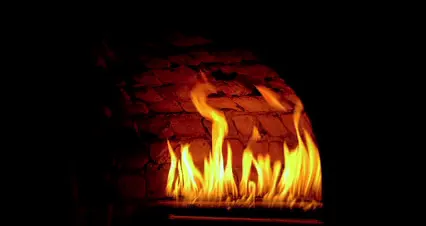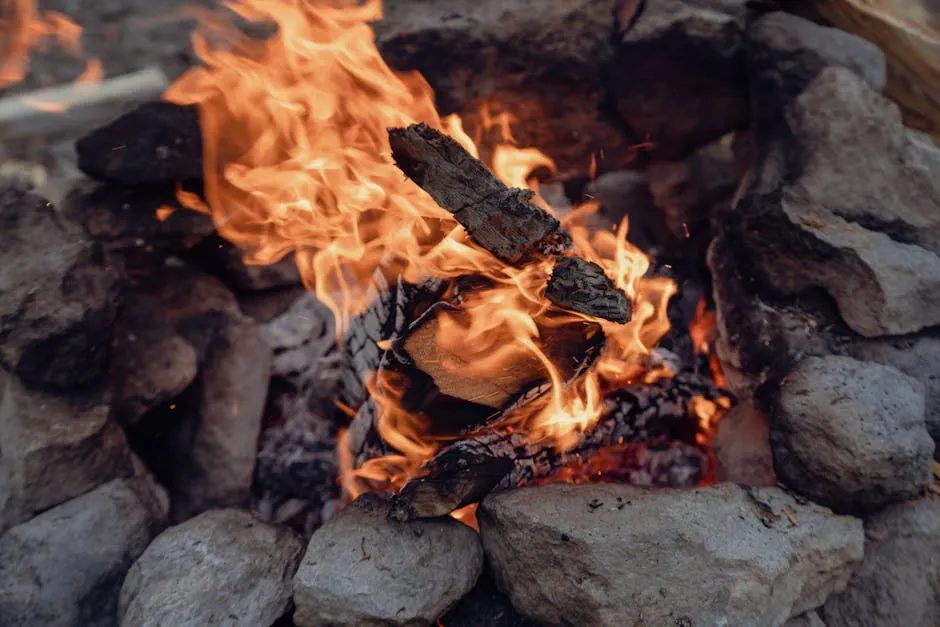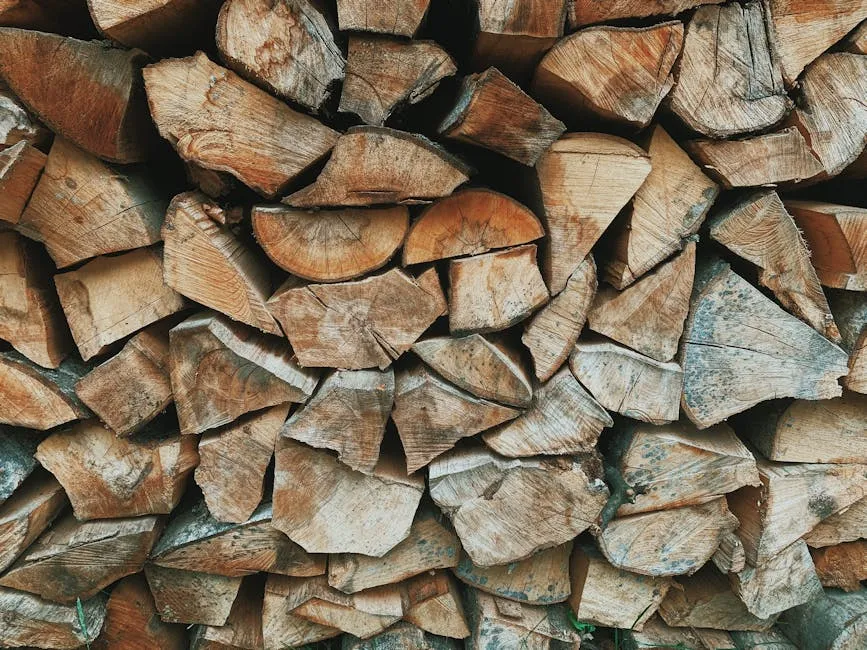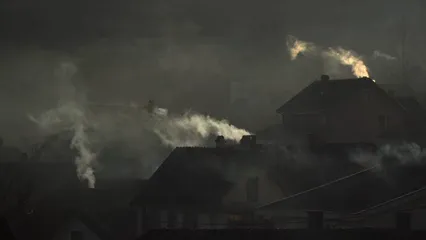
Why Does My Woodstove Soot Glass?
Introduction
Have you noticed your woodstove glass getting grimy? Soot buildup can be a real eyesore. Not only does it ruin the view of your cozy fire, but it can also affect your stove’s efficiency. This article aims to uncover the reasons for soot accumulation and provide practical solutions.
Before we dive in, make sure you have the right tools for your woodstove care. A good Wood Moisture Meter can ensure you’re burning seasoned wood, keeping efficiency high and soot low.

Summary and Overview
Soot on your woodstove glass is a common issue. It often results from incomplete combustion. When the fire doesn’t burn fully, it produces more soot. Using quality fuel and ensuring proper airflow are essential to minimize this problem. In this article, we will cover the causes of soot buildup, preventive measures, cleaning tips, and frequently asked questions. With the right knowledge, you can enjoy your woodstove without constant cleaning.
And hey, if you’re looking to keep your firewood organized, consider a Firewood Rack. It’s a game changer for keeping your firewood dry and ready to burn!

Understanding Soot Buildup
What is Soot?
Soot is a black powdery substance. It forms during the burning process, especially when wood isn’t fully combusted. Soot is primarily made of carbon particles, along with other combustion byproducts. When wood burns, it releases gases and tiny particles. If the fire burns too cool, these particles accumulate on the glass. This buildup not only obstructs your view but can also impact the performance of your woodstove. Keeping your woodstove glass clean enhances both aesthetics and efficiency. Regularly assess your woodstove’s condition to prevent soot buildup and enjoy a clearer view of your flames.

Causes of Soot on Woodstove Glass
Incomplete Combustion
Have you ever wondered why your woodstove glass gets sooty? One big reason is incomplete combustion. This happens when you burn wet or unseasoned wood. The moisture in the wood prevents it from burning completely. As a result, it releases smoke and soot.
Poor airflow also adds to the problem. If your woodstove doesn’t get enough oxygen, the fire can’t burn hot enough. This lack of heat leads to more soot. To improve fire efficiency, always opt for seasoned wood. Make sure your stove has proper ventilation to allow air to flow freely.
With the right practices, you can enjoy a cleaner view of your fire. It’s all about burning wood properly and ensuring good airflow. Also, consider investing in a Wood Stove Cleaner for those stubborn spots!

Poor Quality Fuel
Using the right fuel is crucial for a clean-burning fire. Well-seasoned hardwood, like oak or maple, is your best bet. These types of wood burn hotter and cleaner. On the other hand, softwoods often contain more sap and moisture. This leads to increased soot and creosote buildup on your glass.
High moisture content in firewood is a major concern. Wood that hasn’t dried for at least six months can cause significant smoke. When the wood burns, the excess moisture produces more soot. Investing in a moisture meter can help you choose the right wood. Use only wood with a moisture content below 20% for optimal burning practices.

Insufficient Airflow
Airflow is essential for proper combustion in your woodstove. If the air supply is limited, the fire struggles to burn efficiently. This can lead to incomplete combustion and excess soot.
Check your air vents and dampers to ensure they are functioning correctly. Keeping the vents fully open during startup is crucial. This allows the fire to reach a higher temperature quickly. Once established, you can adjust the airflow to maintain the burn.
A well-ventilated stove promotes cleaner burning and reduces soot accumulation. Regularly inspect your stove’s ventilation system to ensure optimal airflow. With proper airflow, you’ll enjoy a clearer view of your beautiful fire. And while you’re at it, don’t forget to equip yourself with a Chimney Cleaning Brush for those hard-to-reach spots!

Preventive Measures
Choosing the Right Wood
Selecting the right wood is crucial for a clean-burning fire. Always opt for well-seasoned hardwood, such as oak or maple. These types of wood burn hotter and produce less smoke. Look for logs with a moisture content below 20%.
To tell if wood is seasoned, check for cracks on the ends and a hollow sound when knocked together. Avoid burning wet or unseasoned wood, as it creates excessive smoke and soot. By prioritizing high-quality, seasoned hardwood, you’ll enjoy a cleaner burn and a clearer view of your fire. Remember, the right wood selection makes a significant difference in your woodstove experience. And if you’re looking for a stylish way to store your firewood, check out a Firewood Storage Bin!

Burning Techniques
Proper burning techniques can dramatically reduce soot buildup. Start your fire by ensuring proper airflow. Keep air vents fully open to allow oxygen to fuel the fire. This helps achieve optimal temperatures quickly, promoting complete combustion.
Larger fires tend to burn hotter, which helps minimize soot accumulation. Don’t hesitate to add more wood to maintain a robust flame. Remember, a hot fire not only burns off soot but also enhances the efficiency of your woodstove. By mastering these burning techniques, you’ll enjoy a clearer glass and a more satisfying fire. And for those chilly nights, a Portable Fire Pit can take your outdoor gatherings up a notch!

Regular Maintenance
Regular maintenance is vital for keeping your woodstove in top condition. Schedule chimney inspections and cleanings at least once a year. This removes creosote buildup and ensures a clear passage for smoke.
Create a maintenance checklist for your woodstove. Check the door gaskets for wear, clean the glass regularly, and inspect the flue for blockages. Additionally, ensure all air vents function properly. By prioritizing regular maintenance, you’ll improve your stove’s efficiency and enjoy a clearer view of your flames. A little effort goes a long way in maintaining your woodstove’s performance. And if you’re looking for a great way to clean up after your fires, an Ash Vacuum is a lifesaver!

Cleaning Your Woodstove Glass
Effective Cleaning Techniques
Cleaning soot from your woodstove glass doesn’t have to be a chore. Follow these simple steps for a sparkling finish.
1. Cool Down: Wait until your stove is completely cool. Safety first!
2. Gather Materials: You’ll need damp newspaper, wood ash, and rubber gloves. If you don’t have any gloves, consider investing in a pair of Heavy Duty Rubber Gloves to keep your hands protected!
3. Make a Paste: Dip the damp newspaper into the ash. The ash acts as a gentle abrasive.
4. Scrub Glass: Use the ash-covered newspaper to scrub the glass firmly. Focus on the sooty areas.
5. Rinse: Wipe the glass with a clean, damp cloth to remove any residue.
6. Final Touch: For extra shine, buff the glass with a dry cloth.
For a natural solution, using ash and water is effective. Regular cleaning helps maintain your glass and enhances your viewing experience. And if you’re looking for an effective cleaner, try a Soot Remover Spray for those stubborn spots!

When to Clean
How often should you clean your woodstove glass? It depends on your usage. If you use your stove daily, aim for a weekly clean.
After a few days of burning, check the glass. If it appears cloudy or sooty, it’s time to clean. Look for signs like reduced visibility of flames or a buildup of black residue.
For occasional users, a clean every couple of weeks may suffice. Keep an eye on the glass, especially after burning wet or unseasoned wood.
Establishing a maintenance schedule can help keep your woodstove glass clear. Regular attention prevents stubborn soot buildup, making cleaning easier in the long run.

Conclusion
Keeping your woodstove glass clean is essential for both aesthetics and efficiency. Remember to choose quality wood and ensure proper airflow to minimize soot accumulation. By implementing these cleaning tips and maintaining your woodstove, you’ll enjoy a clearer view of your fire and a more pleasant experience. Start today and see the difference for yourself! And if you’re interested in making your fires even more enjoyable, consider using Fire Starters to get your fire roaring quickly!

FAQs
Why does my woodstove glass get black even with seasoned wood?
Your woodstove glass can still blacken even with seasoned wood. This often happens due to incomplete combustion and airflow issues. When the fire doesn’t get enough oxygen, it burns inefficiently. This low oxygen level causes smoke and soot to accumulate on the glass. Additionally, even seasoned wood can produce more soot if the fire burns too cool. Always ensure good airflow and monitor your wood’s moisture content for optimal burning.
How often should I clean my woodstove glass?
Cleaning frequency depends on your woodstove usage. If you use your stove daily, aim for weekly cleaning. Check the glass regularly for soot buildup. If it looks cloudy or sooty, it’s time to clean. For occasional users, a clean every couple of weeks should suffice. Establishing a routine helps keep the glass clear and reduces the effort needed for cleaning.
Can I use any cleaning product on woodstove glass?
Not all cleaning products are safe for woodstove glass. Avoid using harsh chemicals or abrasive cleaners, as they can damage the surface. Instead, opt for natural solutions like damp newspaper dipped in ash. This gentle method effectively removes soot without scratching the glass. Always check product labels to ensure they are suitable for high-temperature surfaces.
What are the signs of poor combustion in my woodstove?
Signs of poor combustion include excessive smoke and significant soot buildup on the glass. You may also notice a flickering flame or a yellowish flame instead of a clean blue one. If your stove produces a strong odor of smoke, this indicates incomplete burning. Addressing these symptoms promptly can improve your woodstove’s efficiency and safety.
How can I improve airflow in my woodstove?
Improving airflow is essential for proper combustion. Start by checking your air vents and ensuring they are fully open. If your woodstove has dampers, adjust them to enhance airflow. Additionally, consider burning larger fires to create a stronger draft. Regularly inspect your chimney for blockages, as a clear chimney allows for better airflow, resulting in cleaner burning.
Is soot harmful to my health?
Yes, soot can pose health risks. It contains fine particulate matter that can irritate the respiratory system. Long-term exposure may lead to more serious health issues, particularly for those with pre-existing conditions. Ensuring proper combustion and maintaining your woodstove can help reduce soot production, protecting both your health and your home.
What should I do if my woodstove glass remains cloudy despite cleaning?
If your glass remains cloudy after cleaning, it could be due to sulfur residue from the wood or damage to the glass. Check the type of wood you are using; high-sulfur fuels can lead to cloudiness. If cleaning doesn’t help, consider replacing the glass. Additionally, ensure you’re using properly seasoned wood to prevent future issues. Regular maintenance can also help keep your glass clear.
Please let us know what you think about our content by leaving a comment down below!
Thank you for reading till here 🙂
All images from Pexels




